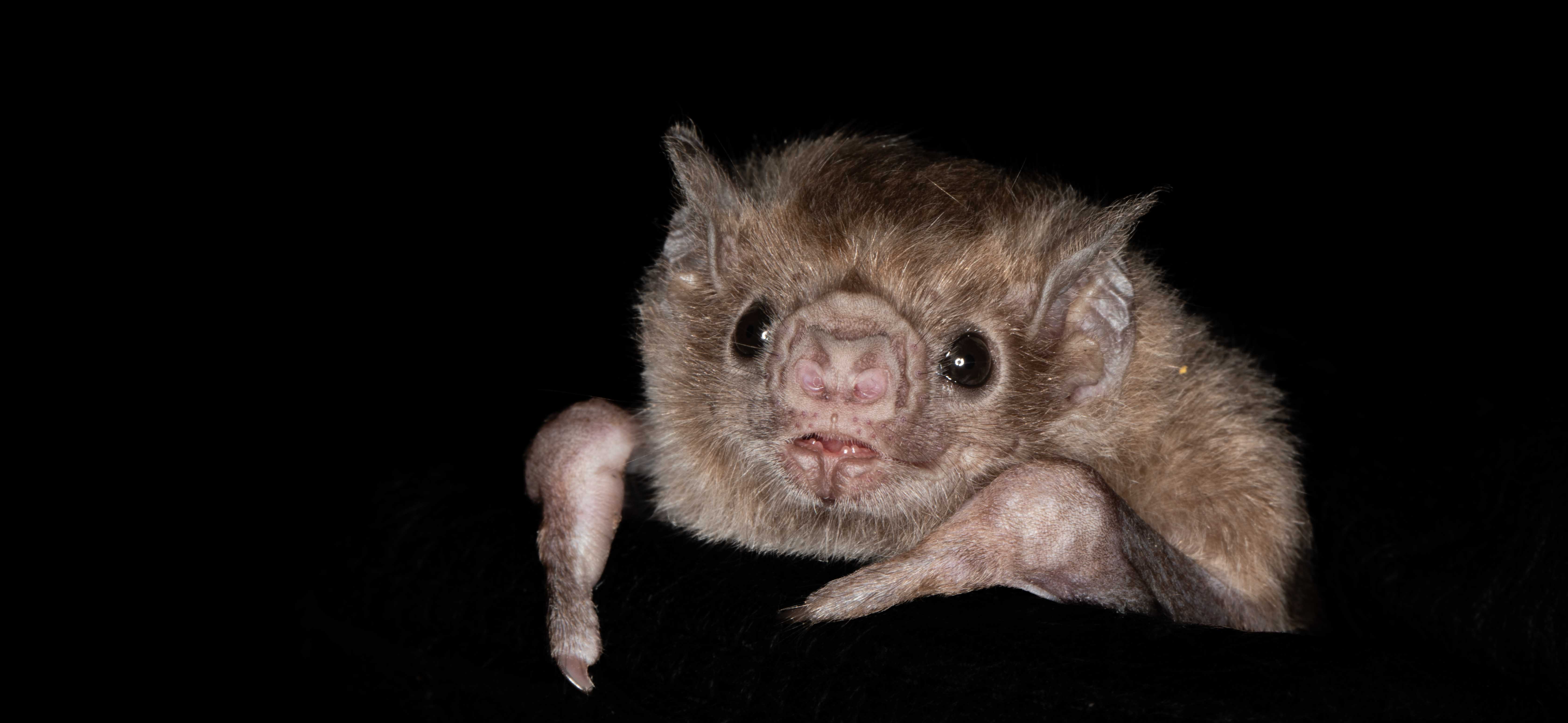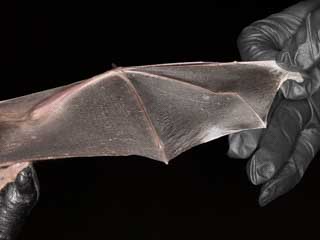
Strange Tails
We're delighted to have a strong population of strange-tailed tyrants at the reserve. So much so that we've adopted these beautiful and endangered birds as the symbol of the Trust
The growing diversity of the animals of Reserva Don Luis is a fresh source of delight every time we return. We don't play favourites, but it's impossible not to engage more with some of our more conspicuous guests. One of these is the strange-tailed tyrant. The male is stoic in his tolerance of one of nature's strangest - and it would seem least practical - adaptations. He's willing to suffer to be beautiful, and somehow manages to fly with tail feathers that were surely designed for a bird three times his size.
We love his perseverance; his resolution to succeed against challenge, and his ability to prove that anything is possible. He's appearing in growing numbers on the Reserva Do Luis, and his success has become an allegory for, and a symbol of, our own.
When we started the process of updating and redesigning our website, we wanted to adopt an image that symbolised our aims and our challenges. This brave little flycatcher, with his indomitable character, was the perfect choice.
The logo is a stylised profile of a male tyrant, silhouetted against the sunrise. We coloured the sun the blue of the Argentinian flag in honour of this country's beauty, its climate and the breathtaking span of magnificent animals that it nurtures.

Bat Research
Our bat team is conducting bat research both in the Ibera Marshes and in other provinces. We are especially concentrating on Misiones at the moment where we find the largest bat in Argentina, Chrotopterus auriitus and Myotis ruber, two species that we are researching.

Diaemus youngii
White-winged Vampire Bat
We captured this beautiful, calm bat in our mist nets during Dec 2022 in the Parque Provincial Urugua-i. This is the second Vampire bat, after Desmodus rotundus, in Argentina and is qute rare. The colour is an almost unicolour caramel and the distinguishing features are that it has 2 pads on its thumb instead of 3 in the Common Vampire Bat. It also has white wing-tips and edges, which are very evident when the wing is spread.
The bat weighed 42g with a forearm length of 52.7mm.
This species tends to prey on birds rather than large mammals and takes a very small amount of blood from, for example, a chicken, with the use of their anti-coagulant saliva.
Rabies is rare in this species. The conservation status is unknown. They roost in caves and tree hollows


